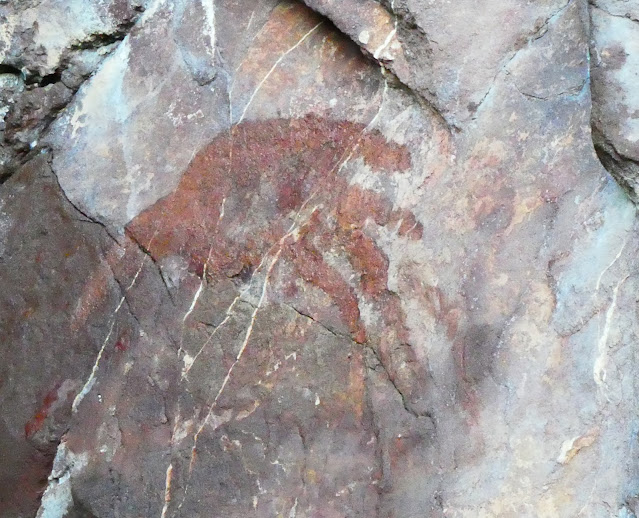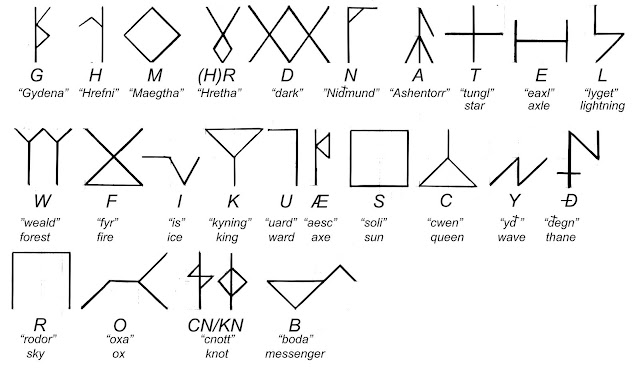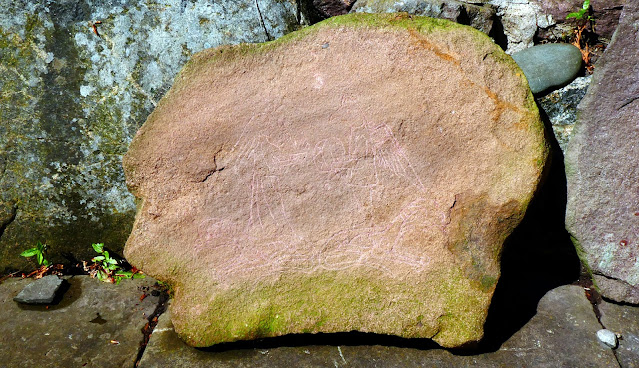Illuminating Design

Trying to figure out exactly how the finished, printed book will look with very little actual time remaining (I reckon I'll need at least 3 weeks to allow for the printers getting the job done and delivered, depending upon 'the situation' out there), so this evening I cleaned up a couple of the character designs into .eps image format so they can be resized to any scale. The 'marching band' of Ulfhednar border design and the Gifli character turned out quite nicely: I'm not sure how much of this kind of thing I want to use - or how I could use it - as one of the plans at the outset was to produce visual work with physical and material qualities in order to get away from any form of 'illustration'. Besides, there's plenty of great artists out there who can do this kind of Celtic design work ten times better than me with beautiful knotwork and so on, but what I can bring to the visuals is a certain individuality, I reckon. But I did always see the Ul...




